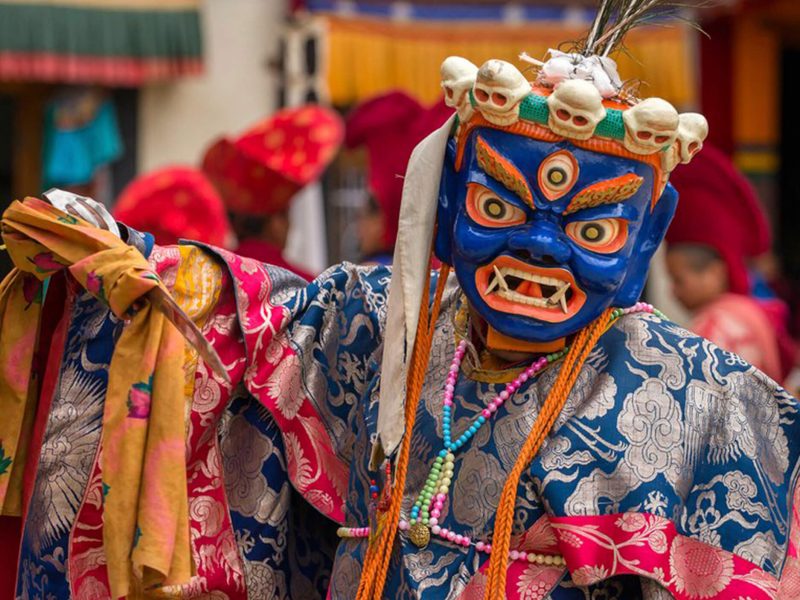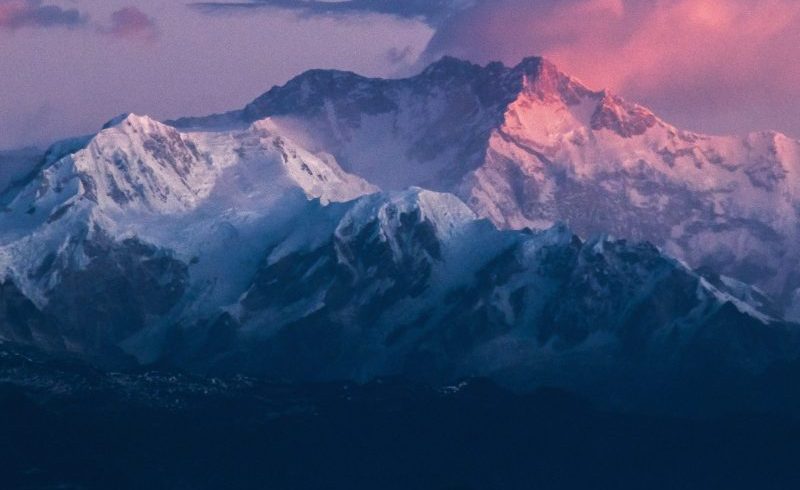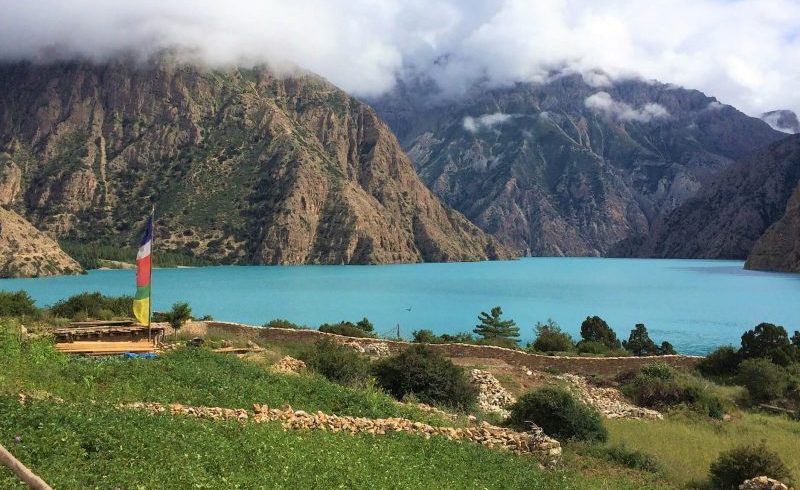Mustang Tiji Festival Trek takes you on an experience to experience the three-day annual Tiji festival in Upper Mustang, a secluded Himalayan kingdom. The excursion brings you through a barren desert landscape inhabited by Thakalai and Tibetan Buddhist ethnic tribes, each with their own culture and traditions rooted in Buddhist mythology, during the trek, you’ll be able to see panoramic views of Nepal’s biggest mountains, including Dhaulagiri, Annapurna, and Nilgiri.
Beginning of our Trek
The Mustang Tiji Festival Trek begins with a flight to Kathmandu’s Tribhuvan International Airport, With the assistance of our personnel in Kathmandu, you’ll be prepared for the trip and acquire your Restricted Area Permit on the following day. Visit the neighboring Kathmandu Durbar Square, Swayambunath Stupa, Boudhanath stupa, or Pashupatinath temple for sightseeing tours in Kathmandu.
Fly to Pokhara
Following that, you will either drive or fly to Pokhara, the city of lakes, When you get to the city, go to the Fewa Lakeside and spend the evening there. On the fourth day, you will fly to Jomsom, Mustang, through the Jomsom domestic airport, your journey to the magical town of Kagbeni begins from there, along muddy roads.
After that, you’ll start your hike to Chele hamlet by crossing through a checkpoint into the forbidden Himalayan kingdom of Upper Mustang’s restricted area, you’ll arrive at Chele after traveling via the villages of Tangbe and Chhusang. On the next day, travel to Syangboche. It’ll be exhausting because you’ll be crossing the Taklam La and Dajori La high passes. On the route to Syangboche hamlet, stop at the Ramchung and Chungsi caves.
Tsarang monastery
The following trek will take you to Tsarang village, a strenuous eight-hour walk over the Yamada La and Nyi Pass. However, the trek is intriguing since it takes you past the Drakmar settlement and across the Ghami Khola River on a suspension bridge, you may engage with the people and see the 500-year-old Tsarang monastery after you get at Tsarang village.
Then, you’ll go to Lo Manthang, which represents the capital of Upper Mustang’s hidden kingdom, passing the Tsarang river and Ghar Goempa with the views of high standing peaks like Nilgiri, Annapurna I, Bhrikuti, Tilicho, and Damodar, you will reach Lo. Jambay Lhakhang, Tubchen Goempa, Chode Goempa, and Choprang Goempa are among the four monasteries that may explore. The Tiji festival, Upper Mustang’s most recognized and beloved celebration, starts the next day.
Witness traditional dance in the festival
Popular trekking areas like Annapurna, Everest, Langtang, and Manaslu offer a menu system featuring both ethnic cuisines and western meals. However, some lodges provide traditional Nepali meals, distinct from international fare. These meals are prepared using locally sourced ingredients. Every tourist lodge and tea house employs well-trained cooks who prioritize clean, hygienic, fresh, and delicious food. Additionally, all lodges ensure access to safe drinking water, either from their own source or bottled mineral water.
Return to Dhakmar
You’ll return to Dhakmar the next day after attending the festival and discovering about Tiji’s heritage. On the way back, you’ll stop at the Ghar Goempa/Gargen Chyoling Nunnery, you’ll leave Dhakmar village the next day and travel to Shyanbochen village descending to Akaima, Ghiling hamlet, Ghami village and pass the Nyi Pass to reach Shyanbochen. On the following day, you will head to Chhusang, following the Mustang Khola and exploring the caves of Thagsin Grangma in the high cliffs. The next day, you’ll return to Jomsom, the economic capital of the region. In the evening, you can enjoy authentic traditional dishes.
The next day, you’ll fly back to Pokhara, which is a wonderful city, you can engage in several sightseeing activities once you arrive in Pokhara. After that, you’ll either drive or fly to Kathmandu, you can have a good time in Kathmandu’s pubs and clubs while shopping for souvenirs. The 18th day marks your departure from Nepal.
The weather during Tiji Festival
To participate in the Tiji Festival’s celebrations in Lo Manthang, you need visit during the month of May. May is regarded as the ideal month for trekking in this area. Upper Mustang, on the other hand, is accessible all year. The weather is pleasant during Tiji Festival, with a clear blue sky highlighting the mountains’ majesty and the grandeur of the semi-arid landscape. The temperature varies between 12 and 22 degrees Celsius during the festival.
Accommodations and meals:
When trekking and attending the Tiji festival in Lo Manthang, you will be staying at a local teahouse, local residents own and manage teahouses. For your convenience, the teahouse has rooms with two single beds and basic furnishings, they provide delicious and wholesome home-cooked meals, some of the teahouses include western-style menus and amenities, dinner is served in a communal area heated by a modest wood-burning heater. Only a few teahouses have attached restrooms, but the majority have common facilities.
During the festival seasons, teahouses are often fully booked, thus it is essential to reserve ahead of time.
Meals and Drinking Water during Mustang Tiji Festival Trek:
Popular trekking areas like Annapurna, Everest, Langtang, and Manaslu offer a menu system featuring both ethnic cuisines and western meals. However, some lodges provide traditional Nepali meals, distinct from international fare. These meals are prepared using locally sourced ingredients. Every tourist lodge and tea house employs well-trained cooks who prioritize clean, hygienic, fresh, and delicious food. Additionally, all lodges ensure access to safe drinking water, either from their own source or bottled mineral water. If you buy water purification tablet from Kathmandu you can take water from the tap and purify it by yourself, this will be cheaper and control plastic pollution as well.
Permits and entry fees for Tiji Festival Trek:
To attend the Tiji Festival, you must obtain two permits.
- Upper Mustang Restricted Area Permit (RAP)
- Annapurna Conservation Area Project Permit (ACAP).
The Upper Mustang Restricted Area Permit (RAP) costs USD 500 for the first 10 days and USD 50 per person per day after that.
For outsiders, the Annapurna Conservation Area Project Permit (ACAP) costs USD 30 per person, while SAARC nationals pay USD 10.
You won’t have to worry about permissions because the agency will handle them.
Travel Insurance:
All clients participating in any activity must have travel insurance. Personal injury, death, hospital expenditures, repatriation fees, helicopter rescue, and any other disease covered by the insurance plan will be given, we highly advise you to acquire a comprehensive insurance plan from a trustworthy insurance company.
Passport and Visa
Every client must have a valid passport from the return date with a 6-month prior validity by the Nepalese consulate in your country or the immigration office at Tribhuvan International Airport in Kathmandu.
Equipment lists for Mustang Tiji Festival Trek
- Find the guidelines regarding essential trekking gear.
- Daypack above 40 liters. (Must be waterproof)
- Down jacket (rental available)
- Warm sleeping bag (rental available)
- Sun head, gulf cap, sunglasses, headlamp, and torchlight.
- Ear-muffs, sun Lotions/sun cream.
- One pair of liner gloves is thin wool and synthetic.
- Cotton t-shirts, Synthetic t-shirt.
- Two Long sleeve polyester or synthetic lightweight for sunny days.
- One Soft-shell jacket water & wind resist.
- One swimming dress.
- Inner clothes as your requirement.
- Liner socks, woolen socks.
- Proper trekking shoes.
- Imodium or Pepto Bismo capsules for upset stomach or diarrhea.
- Diamox for altitude sickness. The guide will help you to take it.
- One small personal-sized first-aid kit with blister treatments such as moleskin, bands, anti-infection ointments, muscle relief ointments.
-
English
-
Kathmandu, Nepal
-
Kathmandu, Nepal
-
May
Includes/Excludes
Cost Includes
- All Private Transportation Including Airport Transfers
- Meals (breakfast, dinner, and supper) during the trek.
- Insurance for the guide
- All necessary papers permit and TIMS card
- A basic first aid box
- Emergency rescue operation (only if you have Travel Insurance)
- All government, Local taxes, and official Expenses
- Farewell dinner at a typical Nepalese restaurant with cultural shows.
Cost Excludes
- Nepal entry visa fees, you can easily issue the visa on arrival at Tribhuvan International Airport, Kathmandu.
- Foods and hotels before and after the trek.
- All kinds of beverages including tea, water, wine, etc.
- Additional cost by out of management control due to the natural calamities, weather conditions, etc.
- Personal expenses such as snacks, laundry, telephone, WIFI, hot shower at tea houses on a trek.
- Personal trekking equipment for this trek.
- Tipping for the guide and staff (Recommended)
- Any other expenses that are not mentioned in the Price Include section of this trek.





